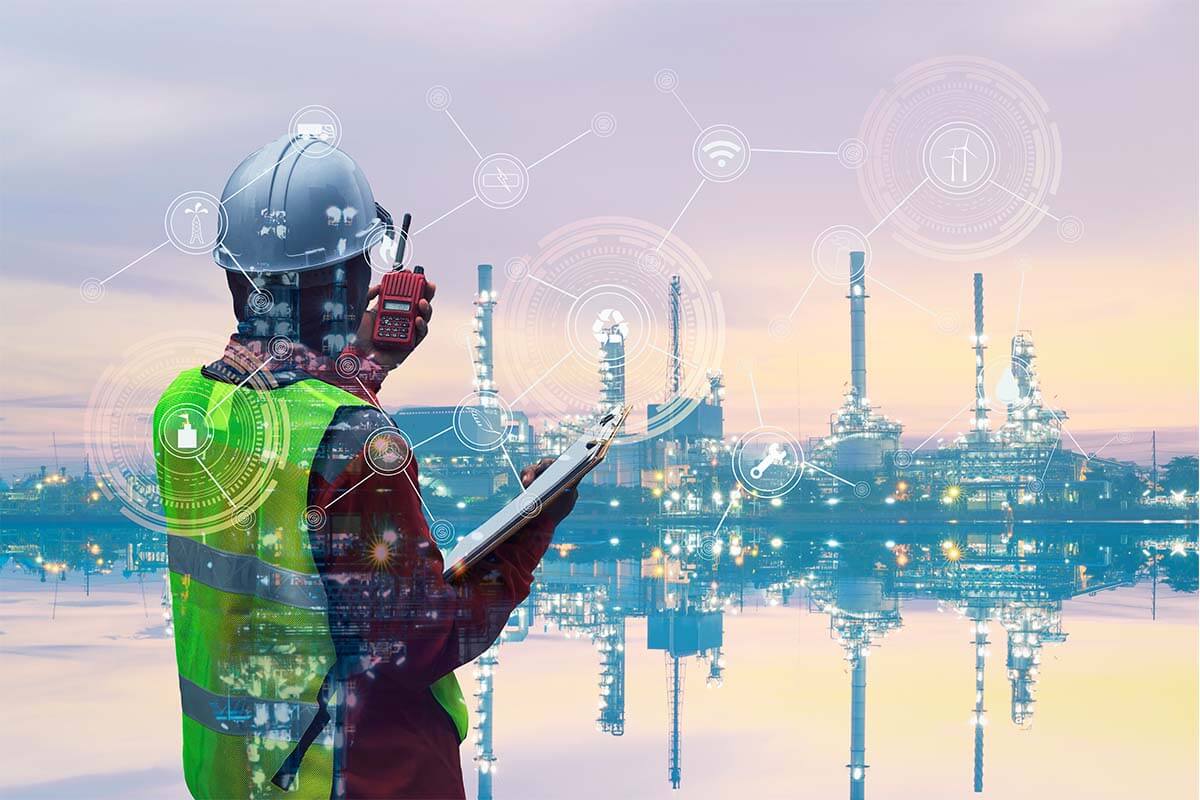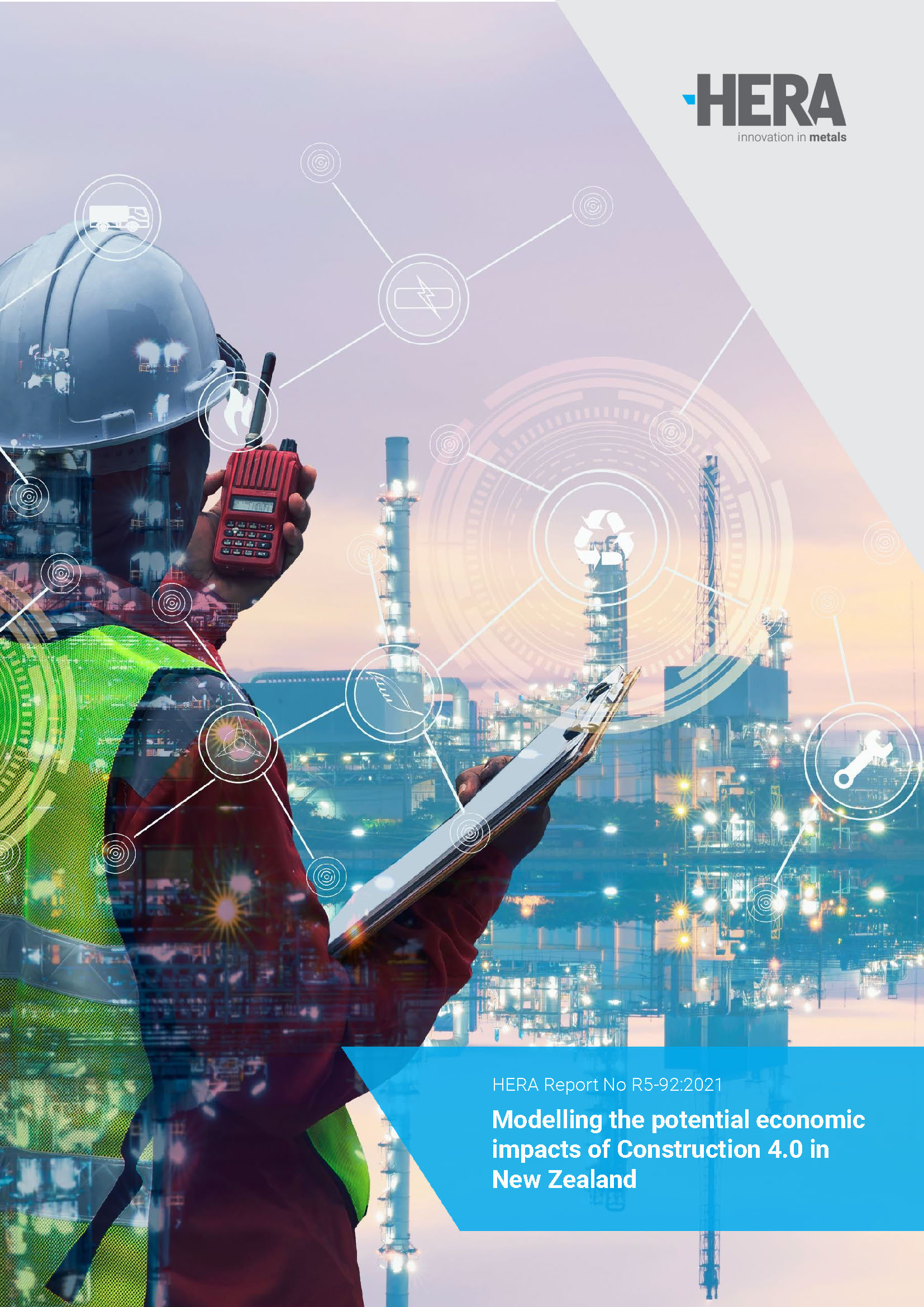Industry 4.0 is driving an unprecedented transformation across global industry, as new technologies promise to save time, boost productivity, reduce waste, expand business models, and be more responsive to fast-changing environments and consumer demands.
While companies have the opportunity to position themselves at the forefront of this new Industry 4.0 wave, they can struggle to understand the economic benefits of doing so.
Our latest report in collaboration with BERL, modelling the potential economic impacts of Industry 4.0 in New Zealand, uses high-level CGE modelling to analyse the impact of the adoption of new technologies in construction, on the New Zealand economy, over the next five years.
The modelling suggests that the economic gains are likely to be significant.
Our findings
- GDP will be boosted. Total GDP gained over the five year period could be as much as $8 billion and, even our most pessimistic forecasting revealed a $4 billion increase, compared to the base scenario. By comparison, this is roughly equivalent to the value of a bipartite trade agreement, such as one with the UK.
- Wages are likely to increase. An increase of almost $3.5 billion over the five year period.
- The benefits will be felt most by those in the middle-income bracket and is marked by higher incomes and consumption. This reflects the particular mix of people employed in the construction sector.
- Government spending can evolve. With more money, the government can invest in large-scale infrastructure and wellbeing projects.
- The construction industry would benefit; so too would other industries along the supply chain, from logging to the users of commercial buildings.
The full report can be viewed here.
The opportunities are significant – and HERA can help!
Adapting to new technology is transformative. It can lead to unexpected new opportunities, competitive advantages and a redefinition of your business model. Our Stirring the Pot podcast episode, Digitisation – the future of steel fabrication, explores how one company, Watkins Steel, transformed their traditional business and gained real world outcomes.
Industry 4.0 promises greater connectivity, innovation, and collaboration but requires investment. An investment in skills, training, and new technology. It is why it is a key focus for our innovation works. Our report indicates that those companies that take up the challenge are more likely to be insulated from a rapidly changing global environment and adoption within the sector more broadly will lead to significant national benefits.
At HERA, we’re keen to speak to anyone who wants to explore what Construction 4.0 might look like within their business as part of their innovation strategies.
We have a range of services, innovation cluster groups which connect like-minded organisations together and innovation focuses that could be beneficial in helping to shape your approach.
Contact our Industry 4.0 Lead, Holger Heinzel; or our Innovation and Transformation Architect, Greg Buckley to discuss further!
Some of our Stirring the Pot podcasts might also be a great place to start to get more information on Construction 4.0:
Update shared by our CEO, Troy Coyle


